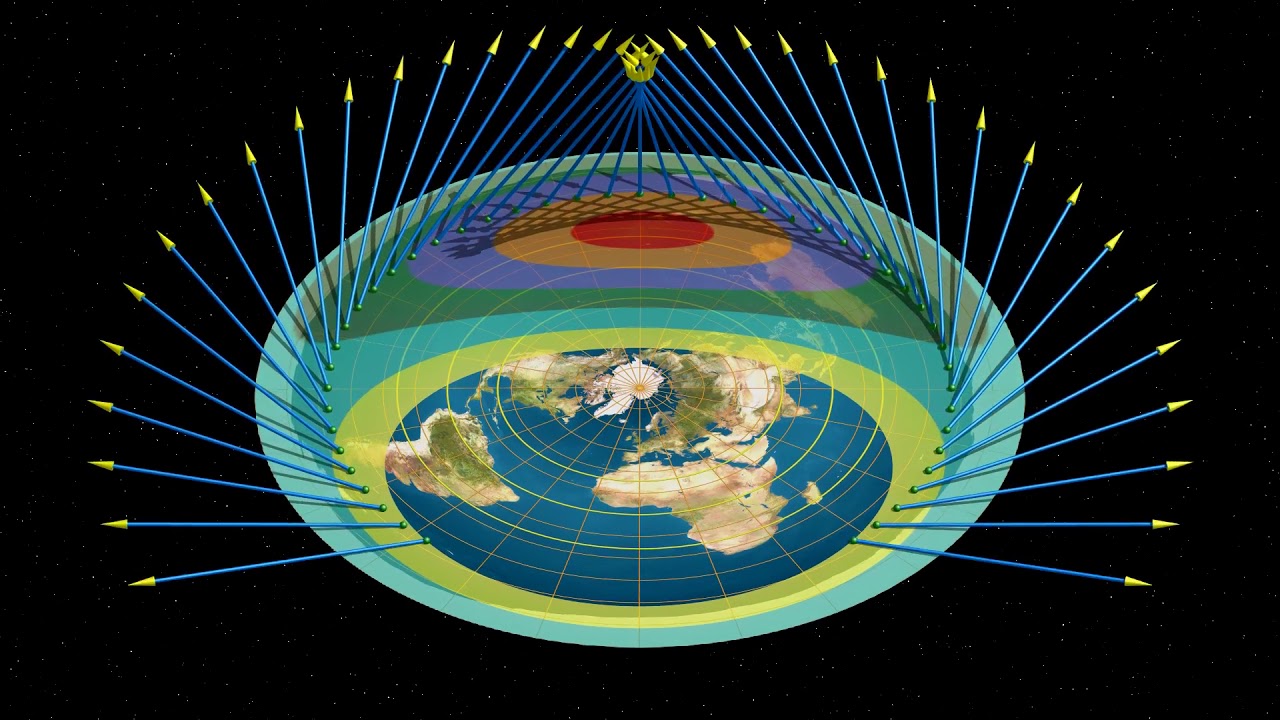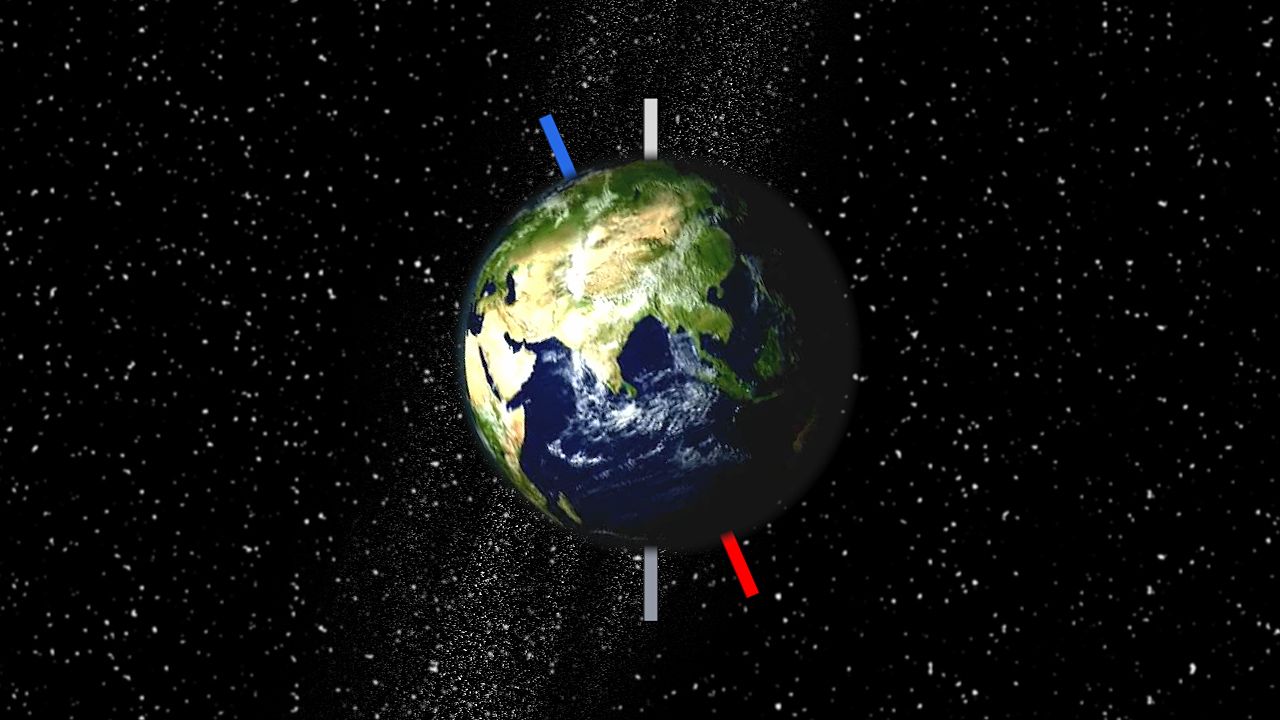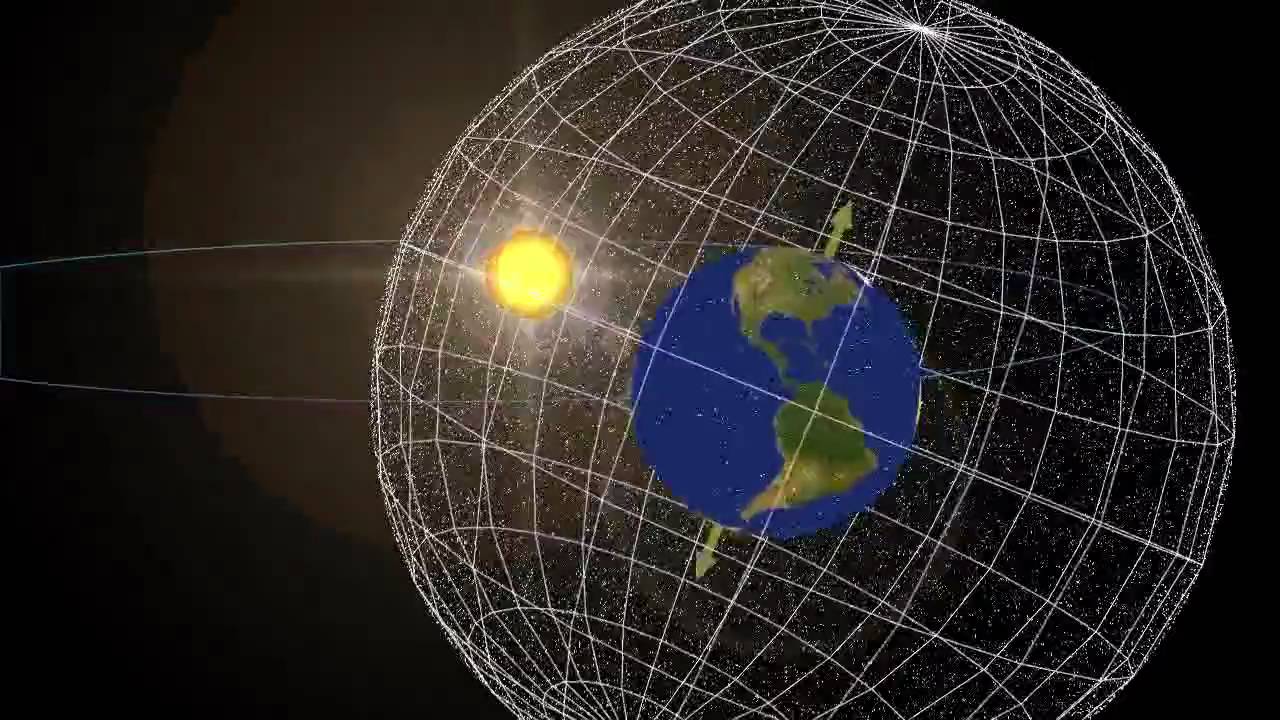Our Earth is not perfectly round, it is slightly crooked, and it follows an inclined orbit, not a straight one, both around itself and around the Sun. Thanks to this situation, which is called axial tilt, the seasons are formed. Let’s take a closer look at what axial tilt is and see some of its consequences on our Earth.
First of all, let’s start by reminding a fact again; The earth is not flat, you can even see it with your own eyes. However, our Earth is not round either, as we have learned since our early education years, the Earth is an ellipse that is flattened from the poles and bulging from the equator. Because of this cute shape, it rotates both around itself and around the Sun. follows a slightly inclined trajectory detected. This is what scientists call axial tilt.
Axis tilt is not something that only concerns astronomers, it directly affects us living on this planet, because this tilt gives rise to seasons and thanks to this, we can survive. In other words, Leyla, who turns our summer into winter and our winter into summer, is actually a tilted axis. Bride What is axial tilt, who discovered it? Let’s take a closer look at details like this and see some of the effects this has on our planet.
What is axis tilt?
Earth’s rotation around the Sun the angle between the axis of rotation and the axis of orbit, called axial tilt. Our Earth’s axial tilt is exactly 23.439281 degrees. However, this degree has changed over the years.
Measuring axial tilt may surprise many people because, as we know, space has no direction. When calculating axial tilt Fixed rotation trajectory with earth equator line is aligned. The slope resulting from the alignment is accepted as the axis tilt.
Who discovered axial tilt?
Hold on tight, we’re going a long way back. Since humanity has had the curiosity of exploring space and the enthusiasm to understand the movements of the Earth, since the day it existed. The Earth’s axial tilt was first discovered around 1100 BC. It has been measured in China and India. A Greek philosopher named Piteas made a very effective measurement around 350 BC.
The axial tilt that the astronomers of Baghdad measured by the Caliph al-Mamun in 830 was used for many years in the Arab world. The first person to sign one of the real measurements was the Muslim scholar Ibn al-Shatir, who lived in the 14th century. The most accurate and modern observation of axial tilt is It was carried out in 1584 by the Danish astronomer Tycho Brahe.
Consequences of axial tilt:

- Formation of the seasons
- Day and night times
- Sunbathing times
- Seasonal changes and temperature changes
- climatic zones
Of course, none of us feel a slight dizziness because of gravity, but much more importantly, we live, the seasons. The biggest impact of axial tilt, which has numerous consequences for astronomers, is the seasons, which is seen and felt by everyone. Especially since we are a country that lives all four seasons to the fullest, we know the axial tilt best.
Due to this inclined rotation of our world, six months of night and day are experienced at the South and North Pole, respectively. Summer begins on the side of our Earth facing the Sun, The weather is getting warmer, the sunshine duration is increasing and we see the Sun much higher. On the other hand, the opposite happens and the winter months begin.
Day and night durations, sunbathing periods, seasonal changes, temperature changes and all related All climate zones are the results of axial tilt. In other words, as much as we are talking about sunrise, sunset, hour, season and similar concepts, all these are the result of axial tilt.
The axis tilt changes:

Even though our Earth’s axial tilt is mostly constant, it changes in certain cycles. The biggest reason for this is that our planet moves like a top. In other words, the Earth does not always rotate in a definite and fixed orbit, its axis tilt also changes as it is shaken with an irregular movement called nutation during rotation.
When we examine it in the geological time cycle, it has been around for a period of 42 thousand years. It has been determined that the axial tilt varies between 22 and 24.5 degrees. When we think about this process, we see many terrible droughts and ice ages. So even a few degrees of axial tilt can change a lot.
This axial tilt change process spanning thousands of years is actually smaller, It consists of cycles of about 18.6 years. It is seen that conditions such as day and night duration, seasonal normals and sunshine duration change in each cycle. Even if there are no major changes, it is possible to say that in a few thousand years, everything will be completely reversed.
What would happen if there was no axial tilt?

You may be thinking that even if the axis was not inclined, wouldn’t these things still happen, no, it wouldn’t. The sun’s rays would always come straight, Annual temperature differences would remain constant, seasons would not occur because the temperature was constant, there would be no poles, day and night would always be equal, and as a result of all this, life as we know it today would perhaps never occur.
It is much more important than we think that the axial tilt creates the seasons that allow us to maintain our existing life. because Even minor changes in regional We know that it has the power to destroy the vitality of that region. Also, if we consider that it differs globally, the probability of not starting life is quite high.
It creates the seasons, our night, our day, and the climate. What is the Earth’s axial tilt, what are the consequences, what would it be without it? We answered curious questions such as, and talked about what you need to know about this seemingly simple but vital slope for all of us.
